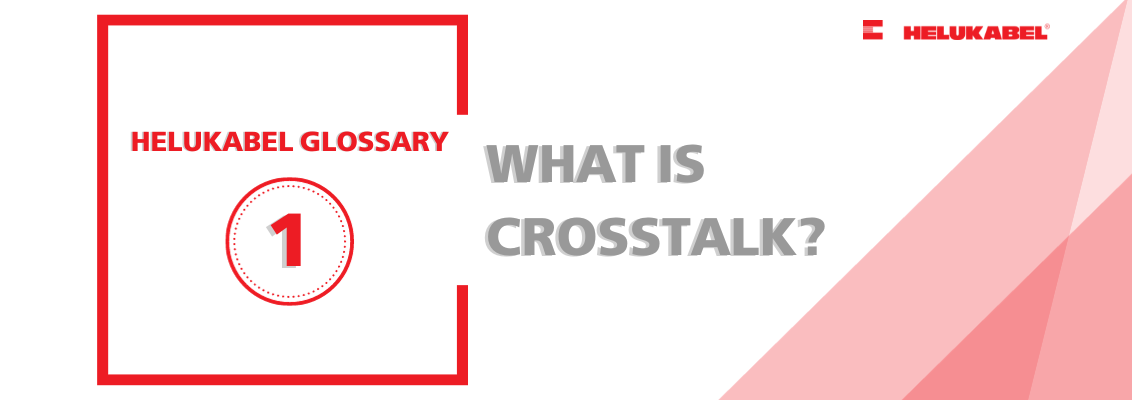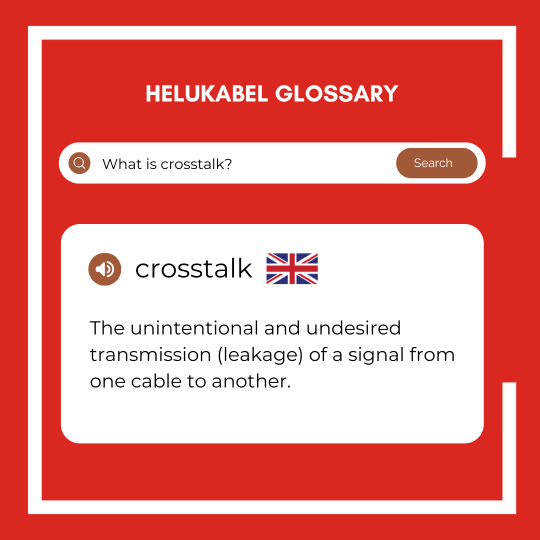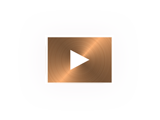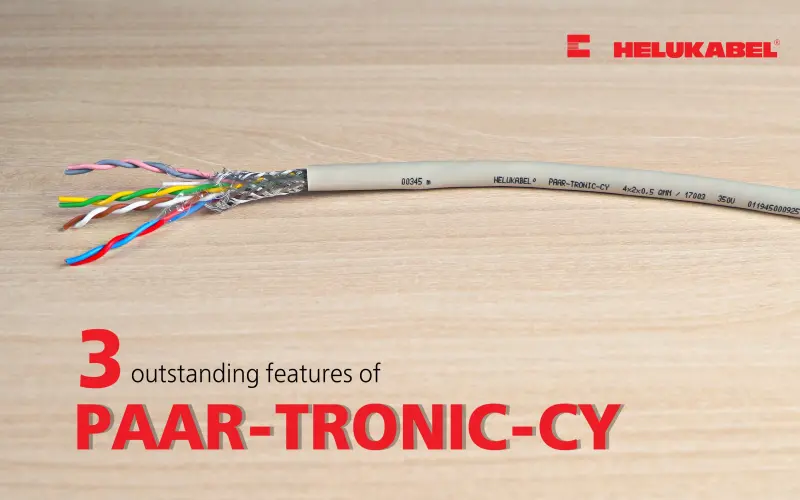A glance at crosstalk and anti-interference cables
Crosstalk is a common effect in electronics. It prompts the creation of many types of anti-interference cables to optimize the performance of industrial equipment.

What is crosstalk in data transmission cables?
Crosstalk is defined as an effect caused by the unintentional and undesired transmission (leakage) of a signal from one cable to another. It initially referred to the act of quietly overhearing another conversation while talking on the telephone. In the past, telephone switchboard lines were very close to each other and thus caused the mentioned effect. Nowadays, crosstalk primarily occurs during digital signal transmission, notably in Ethernet applications.
When a signal is transmitted through a wire, an electromagnetic field is created around it and is responsible for crosstalk. This field induces voltage and current in adjacent conductors, presenting itself as an error signal to the receiver. The higher the frequency range of data transmission is, the more pronounced these crosstalk effects become.

Popular types of anti-interference cables
The anti-interference layer in the cable plays an important role in ensuring signal stability. To avoid crosstalk, the electromagnetic field must be attenuated or dissipated. This is ensured by the combination of various shields and the specific arrangement of the individual pairs of conductors.
Currently, there are three basic types of anti-interference coating, namely: aluminum foil wrap, tinned copper braid, and multiple small fibers wrapped in a spiral shape. In addition, anti-interference coatings are also made from copper foil or copper mesh, or a combination of both.
Take HELUKABEL's
PAAR-TRONIC-CY anti-interference cable as an illustration. This cable is made from tin-plated copper, connected to an anti-interference layer that transmits interference signals running around the wire to the ground. The cores inside the wire are twisted in pairs, which helps to limit the impact of the surrounding electric field.
In addition, to meet higher requirements for anti-interference ability, HELUKABEL also provides two other types of cable with some advantages as follows:
-
TRONIC-CY (LiY-CY) : it is a specialized cable with an anti-interference layer made from thin tin-plated copper fibers tightly braided together, forming a layer of thick mesh with coverage of up to 85% (the so-called largest for electric cables at present).
-
Y-CY-JB : it is designed with two layers of PVC protection to increase its ability to withstand mechanical stress. In particular, the transparent PVC outer of the wire makes it easy to observe the internal anti-interference layer.
For more in-depth advice on anti-interference cables and specific solutions, please contact our technical team
HERE .
Reach us directly at our address:
HELUKABEL® Vietnam
905, Nguyen Kiem Street, Ward 3, Go Vap District, Ho Chi Minh City 700000, Vietnam
Tel. +84 28 22536441 | info@helukabel.com.vn |
www.helukabel.com.vn



_welcome_slider.png)
